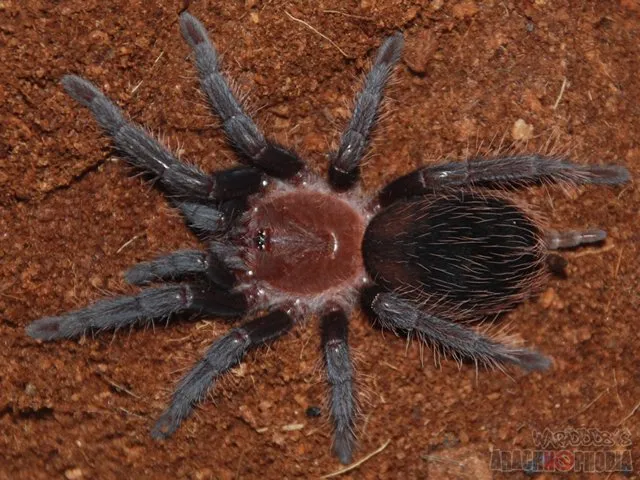Understanding Honduran Curly Hair Tarantulas
The Honduran Curly Hair Tarantula (Tliltocatl albopilosus), a popular pet tarantula, originates from the rainforests of Honduras, Nicaragua, and Costa Rica. Known for their docile temperament and distinctive curly hairs, these spiders offer a fascinating glimpse into the invertebrate world. They are relatively easy to care for, making them an excellent choice for beginner tarantula keepers. Understanding their natural habitat is the first step toward providing optimal care. These tarantulas are terrestrial, meaning they spend most of their time on the ground, and they thrive in warm, humid environments. Proper care ensures these captivating creatures live long, healthy lives. Furthermore, their relatively slow movements and manageable size contribute to their appeal as pets.
Habitat and Housing
Creating the right habitat is crucial for your Honduran Curly Hair Tarantula’s well-being. They need an enclosure that mimics their natural environment to thrive. A secure and well-ventilated enclosure is essential. The size of the enclosure should be appropriate for the tarantula’s size, allowing ample space for movement and exploration. A terrestrial setup with a substrate layer that allows burrowing is ideal, as it caters to their natural behavior. A suitable enclosure will provide your tarantula with a safe, comfortable, and enriching environment that promotes its health and happiness.
Ideal Enclosure Setup
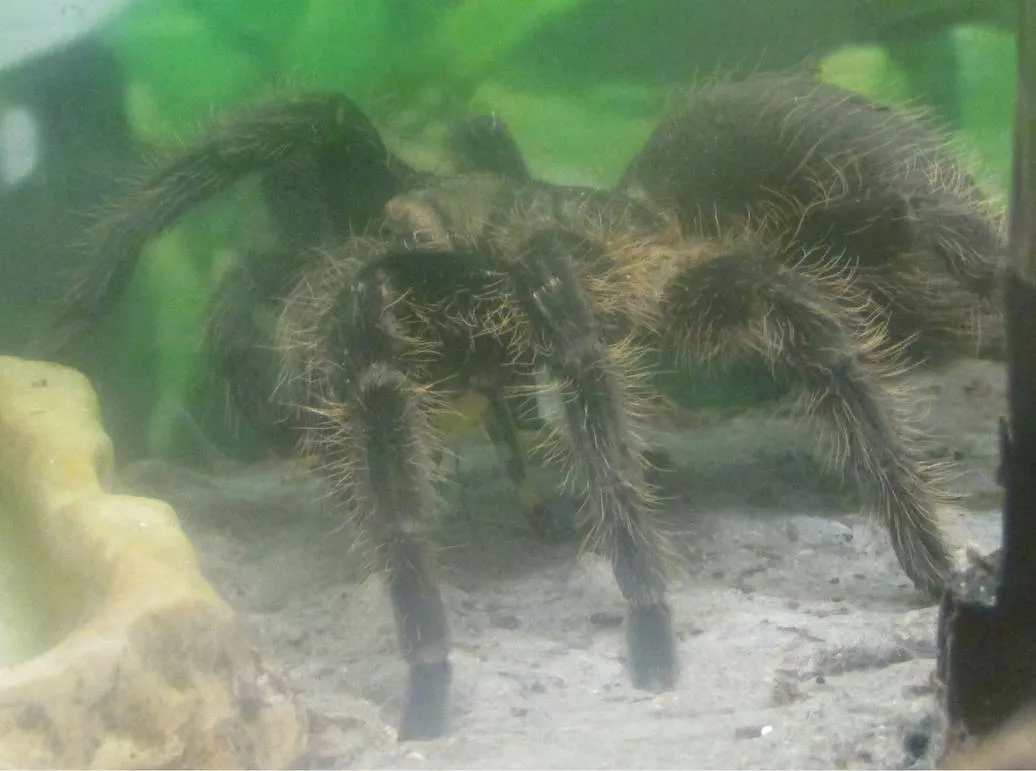
For a juvenile, a 5-10 gallon terrarium is sufficient, while adults require a 10-20 gallon enclosure. Ensure the enclosure has a secure lid to prevent escapes. Proper ventilation is necessary to maintain air quality and prevent mold growth, so include vents on the sides or top of the enclosure. Consider the material of the enclosure; glass or acrylic are both suitable. Make sure the enclosure is placed in a quiet area away from direct sunlight or extreme temperatures. This setup forms the foundation for a thriving tarantula environment.
Substrate and Decor
The substrate should be deep enough for burrowing and should retain moisture. A mixture of coconut fiber, peat moss, and vermiculite works well, providing excellent moisture retention and allowing for burrowing. Avoid substrates that may contain harmful chemicals or are too dusty. Decorate the enclosure with hides, such as cork bark or artificial plants, to provide security and enrichment. These elements help the tarantula feel safe and provide opportunities for exploration. Ensure the decor is secure and doesn’t pose a hazard to the tarantula.
Temperature and Humidity
Honduran Curly Hair Tarantulas thrive in temperatures between 75-85°F (24-29°C). Maintaining this temperature range is vital for their health and metabolism. Use a heat mat or ceramic heat emitter to provide warmth, ensuring the heat source is regulated with a thermostat to prevent overheating. Humidity levels should be kept between 65-75%. This can be achieved by misting the enclosure with water a few times a week, depending on ventilation and substrate moisture. Use a hygrometer to monitor the humidity levels. Proper temperature and humidity ensure the tarantula remains healthy and active.
Feeding and Nutrition
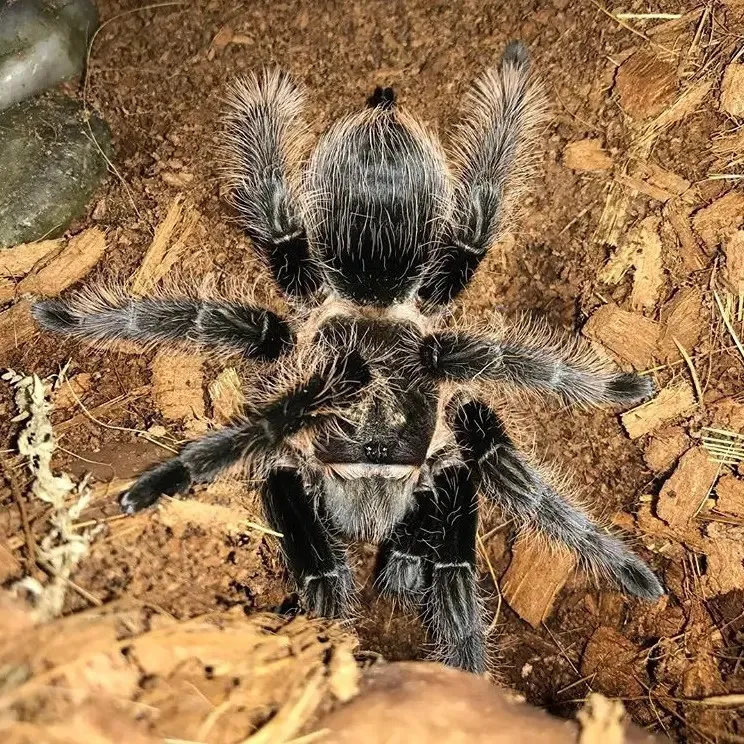
A balanced diet is crucial for your tarantula’s health and growth. They are insectivores, meaning their diet consists primarily of insects. The size and type of food should correspond to the tarantula’s size. Overfeeding can lead to obesity and potential health issues, so it’s essential to offer appropriate amounts of food. Providing a varied diet of nutritious insects will ensure that your tarantula receives all of the nutrients it needs to remain healthy. Keep a close eye on its feeding habits and adjust as needed, depending on its stage of growth.
What to Feed Your Tarantula
Crickets, mealworms, dubia roaches, and other readily available insects make excellent food choices. Ensure the insects are gut-loaded with nutritious food before feeding them to your tarantula. This practice enhances the nutritional value of the insects. Avoid feeding wild-caught insects, as they may contain pesticides or parasites. Offer a variety of insects to provide a balanced diet. Always remove any uneaten insects from the enclosure to prevent stress on the tarantula.
Feeding Frequency and Amounts
Juvenile tarantulas should be fed more frequently, around 2-3 times per week. Adults can be fed once a week or every other week, depending on their appetite. The amount of food should be appropriate for the tarantula’s size. A general rule is to offer insects that are about the size of the tarantula’s abdomen. Overfeeding can lead to health problems, so it’s essential to monitor your tarantula and adjust the feeding schedule accordingly. If the tarantula is refusing food, it may be approaching a molt, or its enclosure conditions may need adjusting.
Watering and Hydration
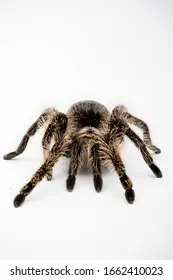
Clean, fresh water is essential for your tarantula’s hydration. Provide a shallow water dish with fresh water at all times. The water dish should be shallow enough to prevent drowning, especially for smaller tarantulas. Regularly clean the water dish to prevent bacterial growth. In addition to a water dish, misting the enclosure helps maintain humidity, which is important for your tarantula’s health. Monitor the substrate to ensure it remains moist but not soggy, as excessive moisture can be detrimental.
Molting and Growth
Molting is a natural process where tarantulas shed their exoskeletons to grow. During this time, they are vulnerable. Providing a safe environment and minimizing disturbances is crucial for their well-being. Understanding the molting process will help you provide the best care for your tarantula. Avoid handling your tarantula during the molting process or immediately after, as their new exoskeletons are soft and susceptible to damage.
Signs of Molting
Before molting, tarantulas often become less active and may refuse food. They might create a web mat or lie on their backs. Their abdomens may appear dark and swollen, and the skin between their segments might look stretched. These are clear signs that the tarantula is preparing to molt. During the molt, tarantulas usually lie on their backs and slowly push out of their old exoskeleton. The process can take several hours. Do not disturb the tarantula during the molt.
Post-Molting Care
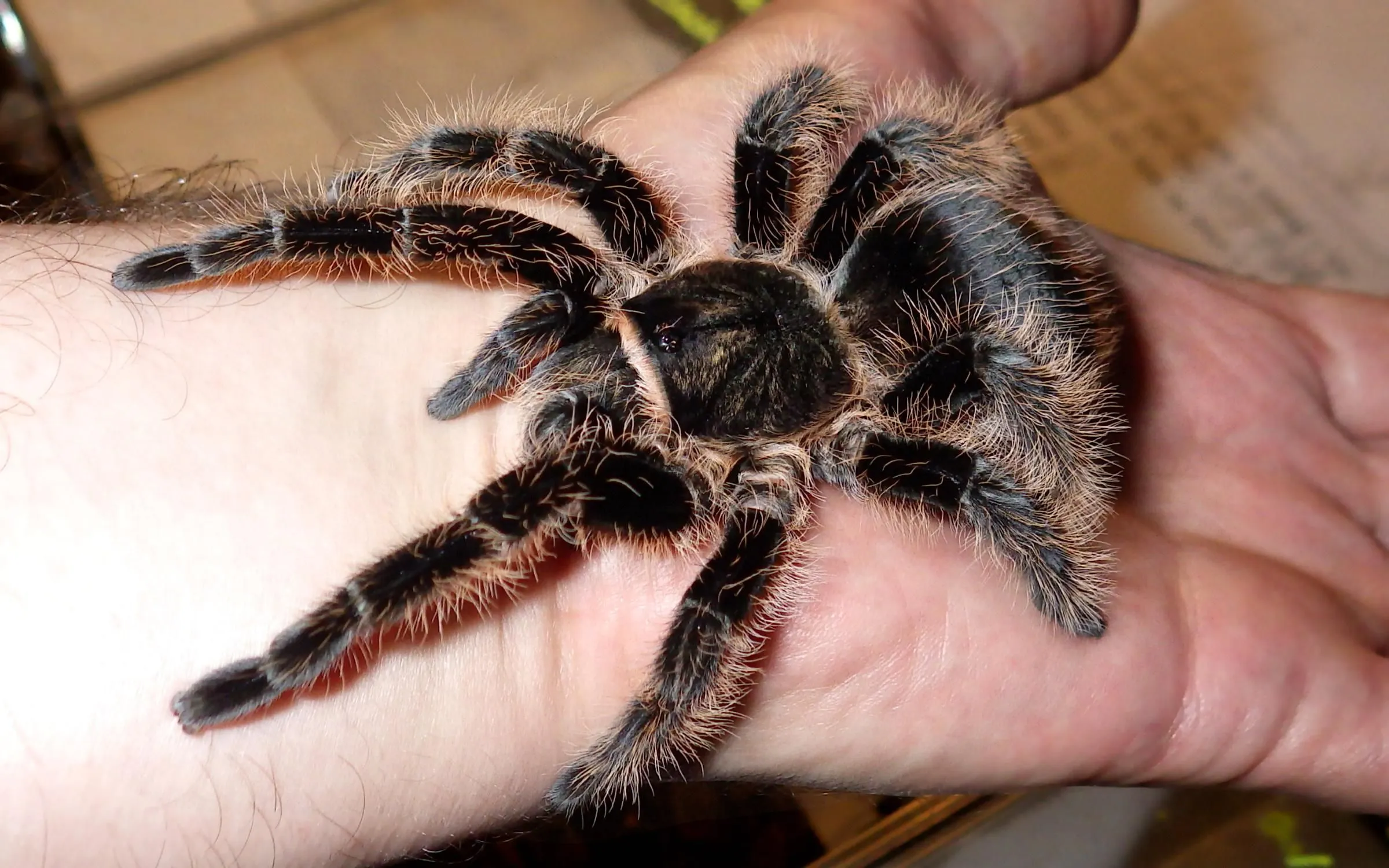
After molting, the tarantula’s new exoskeleton will be soft and vulnerable. Do not feed your tarantula for a week or two after molting to allow the exoskeleton to harden. Provide fresh water and maintain the appropriate temperature and humidity levels. Ensure the enclosure remains clean and free from any potential hazards. Avoid handling the tarantula until its new exoskeleton has fully hardened, which can take several days or weeks, depending on the tarantula’s size and age.
Handling and Interaction
While Honduran Curly Hair Tarantulas are generally docile, handling should be minimized, as it can cause stress. If you choose to handle your tarantula, do so with care and caution. Always wash your hands before and after handling and avoid handling if the tarantula shows signs of stress. Handle with respect to ensure the well-being of the tarantula. Observe your tarantula’s behavior and learn its individual personality.
Safe Handling Practices
If you choose to handle your tarantula, do so close to the ground or over a soft surface, in case it falls. Always support the tarantula’s body and avoid sudden movements. Never handle a tarantula when it is molting or shortly after, as it is vulnerable. If the tarantula seems agitated or shows signs of stress, gently return it to its enclosure. Be aware of the tarantula’s movements and be respectful of the creature.
Recognizing Stress Signals
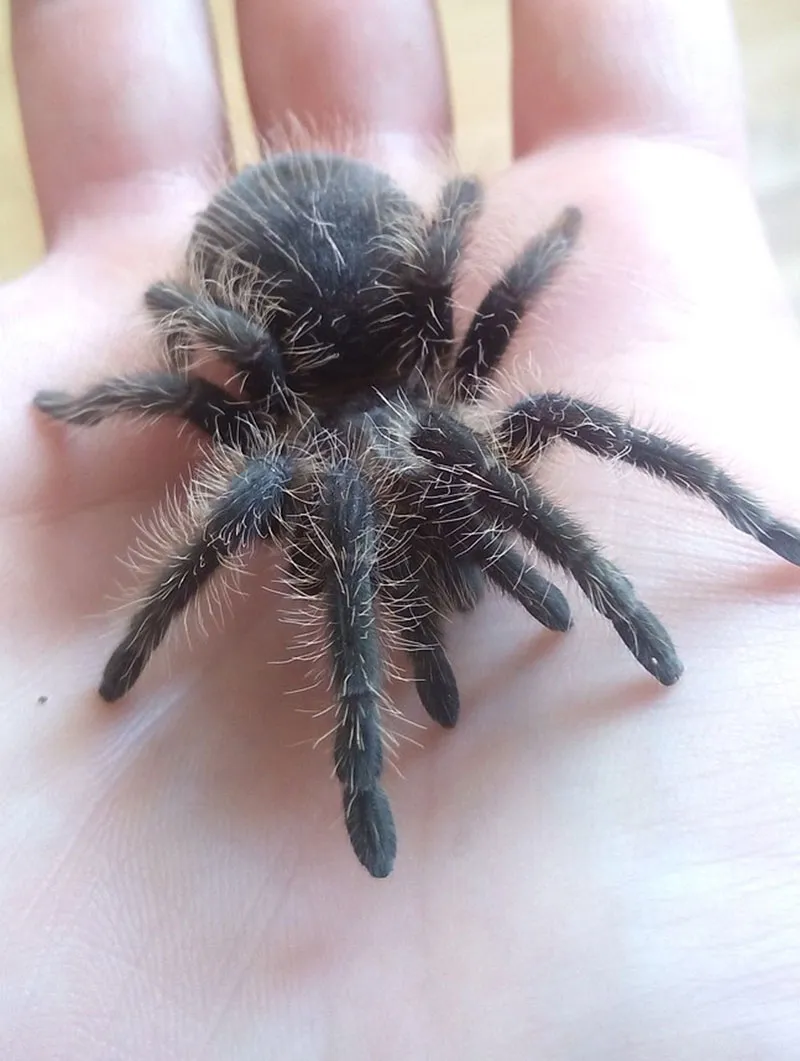
Tarantulas exhibit specific behaviors that indicate stress. These include defensive postures, such as raising their front legs or displaying their fangs. Other signs of stress are flicking hairs from their abdomen, rapid movements, or attempting to escape. If you notice these signs, it is best to leave your tarantula alone and avoid handling it. Ensure that the enclosure conditions are appropriate and the tarantula has a safe and secure environment.
Health and Common Issues
Honduran Curly Hair Tarantulas are generally hardy, but they can still be susceptible to certain health problems. Regularly inspecting your tarantula and its enclosure can help prevent and address potential issues. Creating a healthy environment and being aware of potential threats will help your tarantula live a long and happy life. Maintain proper husbandry to ensure the health and longevity of your pet. Prompt action can help minimize any problems.
Preventing Common Problems
Maintaining proper hygiene in the enclosure is essential to prevent bacterial or fungal infections. Regularly clean the enclosure and remove uneaten food and waste. Ensure that the substrate remains clean and is replaced periodically. Proper ventilation and humidity levels also help prevent health issues. Provide a varied diet and avoid overfeeding to maintain your tarantula’s health. Quarantine new tarantulas before introducing them to other tarantulas to avoid the spread of diseases.
Identifying Health Issues
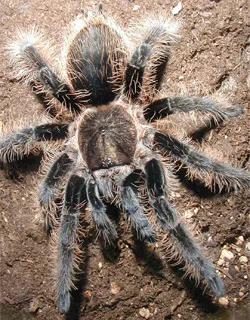
Look for signs of illness such as lethargy, loss of appetite, or changes in behavior. Examine the tarantula for any physical abnormalities, such as mites, fungal infections, or injuries. If you notice any unusual signs, consult a veterinarian specializing in exotic animals or a knowledgeable tarantula expert. Early detection and treatment are key to addressing any health problems. Prompt action can help minimize the impact of diseases.
Conclusion
Caring for a Honduran Curly Hair Tarantula is a rewarding experience. By understanding their needs and providing proper care, you can ensure your tarantula lives a long, healthy, and fascinating life. From creating the right habitat to providing appropriate food and monitoring their health, your efforts will contribute significantly to their well-being. Remember to always prioritize their safety and comfort, and enjoy the unique experience of owning one of these amazing creatures. With proper care, your Honduran Curly Hair Tarantula can become a captivating and cherished pet.
